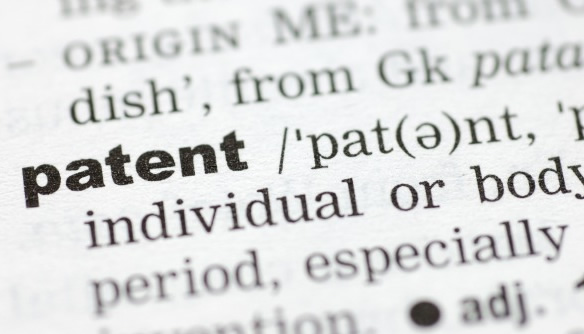Accounting
Study Says Patent Trolls Restrict Innovation and Cost Americans Billions
New research shows that "patent trolls” are harming the U.S. economy by interfering with market competition and impeding entrepreneurs and innovators, which results in higher prices for consumers and fewer of the products and features they demand.
Feb. 10, 2015

New research shows that “patent trolls” are harming the U.S. economy by interfering with market competition and impeding entrepreneurs and innovators, which results in higher prices for consumers and fewer of the products and features they demand.
According to a new Policy Brief from The Heartland Institute, a nonprofit economic policy organization, much of the debate today over patent reform centers on how to make patent defense easier and less onerous for defendants without undermining legitimate patent claimants.
In ”Why Patent Reforms are Needed: Intellectual Property Abuses Threaten Innovation and Cost Consumers Billions”, author Steven Titch, a policy advisor at The Heartland Institute, suggests that the solution must not unfairly classify certain patent holders, such as universities, as trolls simply because they hold patents without manufacturing goods.
A careful balance of interests is achievable, as demonstrated by the cooperation of Republicans and Democrats such as Sens. John Cornyn and Charles Schumer, in addition to White House support and federal judicial action promoting stronger patents and more definite infringement standards.
“Patent reform presents a great opportunity for bipartisan action,” Titch said. “Patent trolls have cost U.S. businesses $80 billion. This won’t stop until Congress and the White House make it tougher for patent assertion entities to press infringement cases based on generalities and vague language.
“Sound policy will strengthen the USPTO’s [U.S. Patent and Trademark Office] ability to evaluate the quality of patent applications and the scope of technology they actually cover,” Titch said. “Congress can help by creating a structure that penalizes frivolous lawsuits, such as ‘loser-pays’ provisions. These will weed out trolls but protect plaintiffs with legitimate complaints.”
The complete paper, “Why Patent Reforms Are Needed: Intellectual Property Abuses Threaten Innovation and Cost Consumers Billions,” can be found here on The Heartland Institute’s Web site.
Key findings of “Why Patent Reforms Are Needed: Intellectual Property Abuses Threaten Innovation and Cost Consumers Billions”:
- In 2013, almost 6,500 patent lawsuits were filed in the United States. Suits filed by patent assertion entities (PAEs) accounted for 67 percent of them, up from 28 percent five years ago, according to a 2014 patent litigation study by PricewaterhouseCoopers. The median damages award in 2013 was $4.3 million.
- In 2008, the American Intellectual Property Law Association put the median cost of defending a patent claim at $600,000 in cases where less than $1 million was at risk. The median cost in major patent cases was $5 million.
- Frivolous patent litigation costs U.S. businesses $29 billion a year in direct costs and $80 billion in indirect costs.
Specific recommendations for reform include:
- Federal legislation should empower the United States Patent and Trademark Office (USPTO) to better address the changing nature of patents, particularly regarding software. USPTO needs to better understand methodologies and mechanisms in the way software is written.
- The White House, through the U.S. Commerce Department and U.S. Trade Representative’s Office, should use the Transatlantic Trade and Investment Partnership and the Trans-Pacific Partnership negotiations to address the growing problem of state-sponsored patent trolling.
- Regulatory bodies, such as the Federal Communications Commission, that set standards necessary for the interoperability of devices, should avoid heavy reliance on patented technology. These decisions result in a government-mandated monopoly that leads to overpricing of licenses, as seen with the ATSC television standard.
